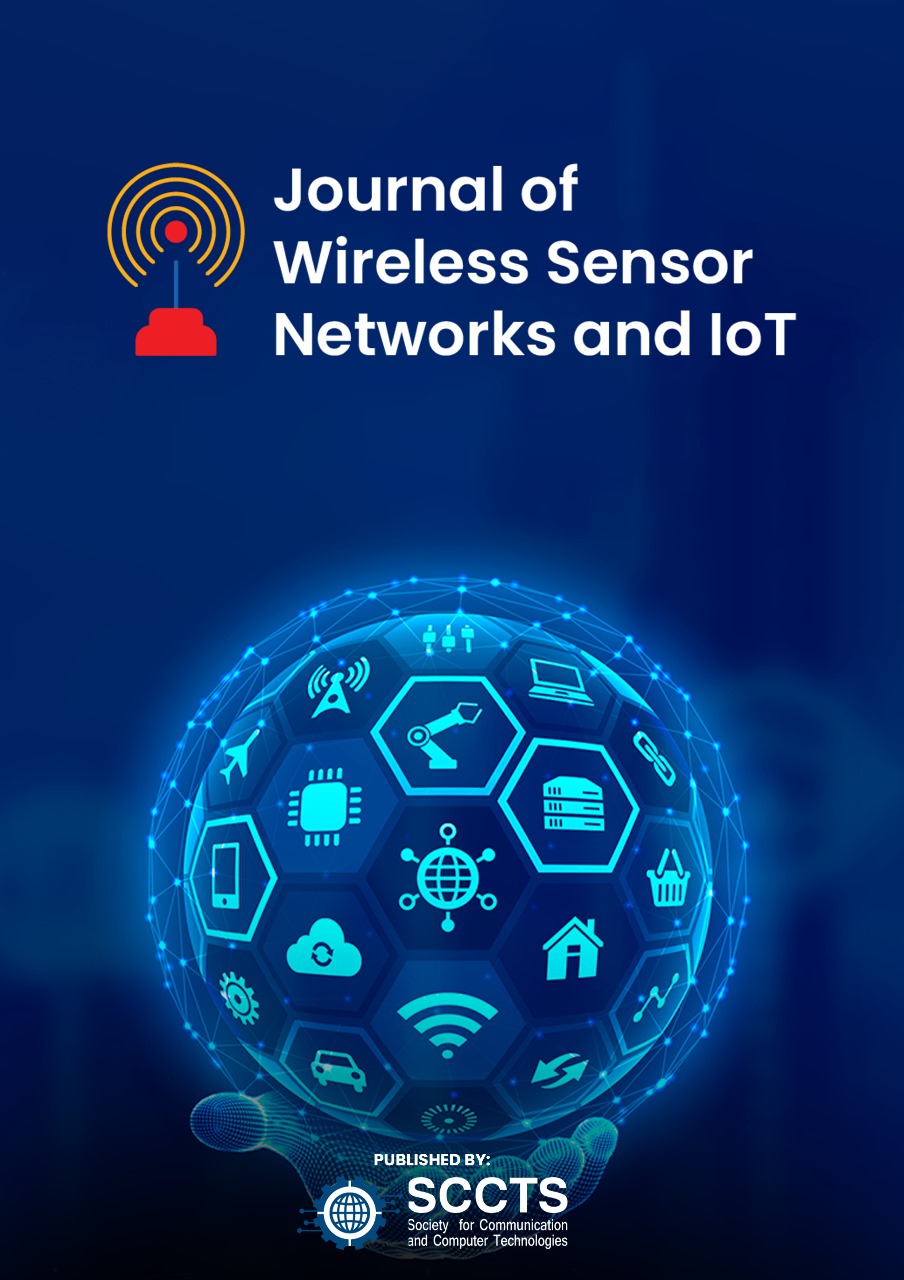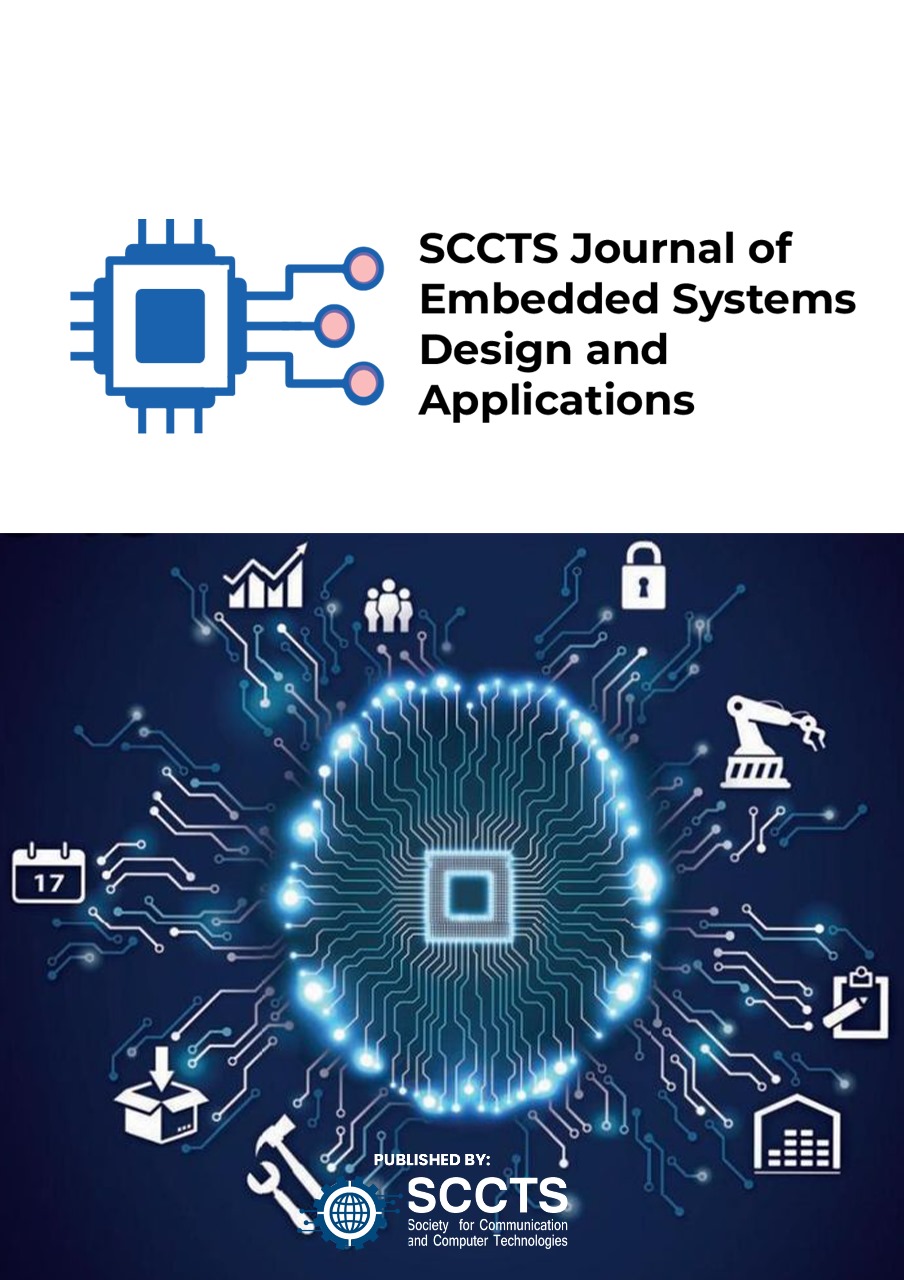Real-Time Streaming Analytics for Predictive Fault Diagnosis in Cyber-Physical Energy Infrastructures
DOI:
https://doi.org/10.31838/ECE/03.02.03Keywords:
Streaming analytics, predictive fault diagnosis, cyber-physical energy systems, edge computing, real-time anomaly detection, smart grid, machine learning.Abstract
Cyber-Physical Energy Infrastructures (CPEIs) are becoming more complex and networked, and therefore there is an increased risk of failures occurring, especially the unexpected ones, thus predictive fault diagnosis becomes imperative to assure reliability and continuity of operations. Conventional methods of diagnosis are based on batch analysis and off-line-work and are exceedingly inadequate to deliver speedily and rapidly accessible understanding to make appropriate real-time decision-making in transient energy arrangements. The study offers a real-time streaming analytics solution that allows the early identification and forecast of faults in CPEIs that involve real-time processing of data streams received by various sources of heterogeneous data, including phasor measurement units (PMUs), smart meters, and SCADAs. It is a framework that incorporates edge computing, distributed stream processing (Apache Kafka and Apache Flink), light machine learning (Long Short-Term Memory (LSTM) networks and Random Forest classifiers). Edge preprocessing of real-time data is done on edge, and predictive models are updated on the fly to enable low latency anomaly detection and fault classification. It was verified through a simulated 33-bus IEEE test network with injected faults achieving sub-second fault prediction accuracy of up to 96.4 percent. The system is also scalable and fault tolerant when data loads and edge deployment scenarios change. Such findings reveal that the given architecture would work effectively and is scalable to the predictive fault diagnosis of CPEIs, contributing to the resilience of the grid and allowing proactive maintenance approaches in intelligent energy management systems.

















